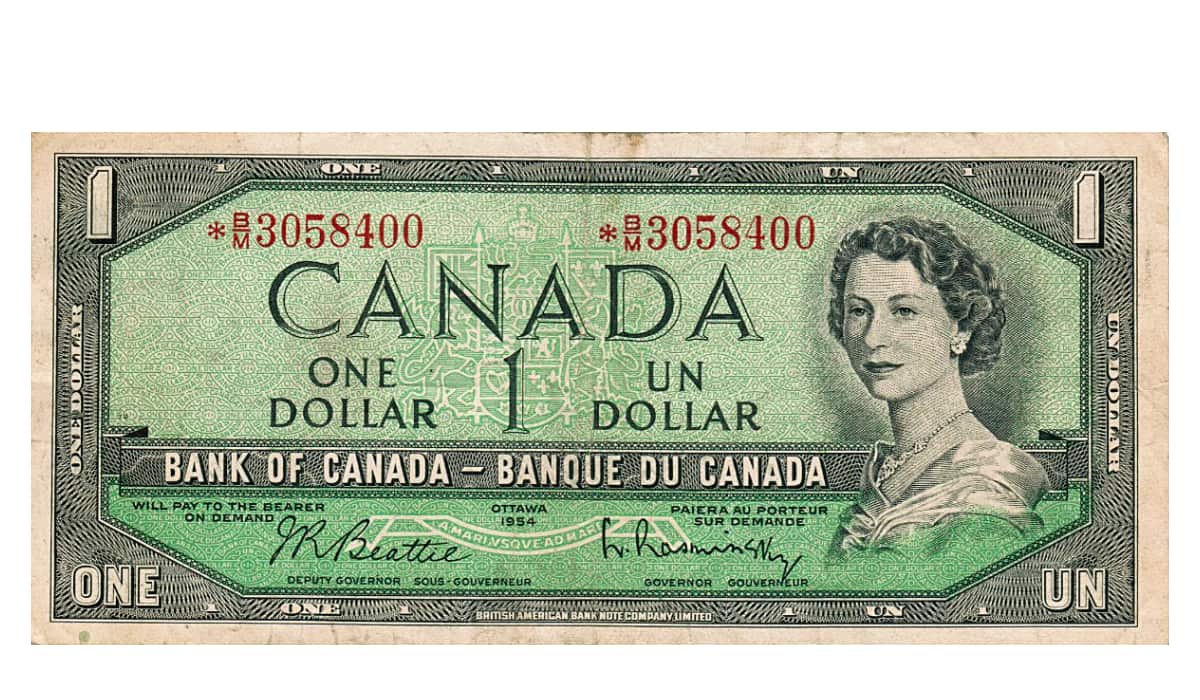Until the middle of the nineteenth century,
each British colony in North America regulated the
use of currency in its own jurisdiction.17 Although
pounds, shillings, and pence (the currency system
used in Great Britain) were used for bookkeeping
(i.e., as the unit of account), each colony decided
for itself the value, or “rating,” of a wide
variety of coins used in transactions or to settle
debts.18 These included not only English and
French coins, but also coins from Portugal, Spain,
and the Spanish colonies in Latin America—notably
Mexico, Peru, and Colombia. Once rated, coins
became legal tender.19
Ratings were based on the amount of gold
or silver contained in the coins and varied widely
from colony to colony but were always higher than
the rating used in Great Britain. For example, in
the mid-eighteenth century, a Spanish silver dollar,
“the principal measure of exchange and the basis
of pecuniary contracts” in North America, was
appraised at 4 shillings and 6 pence in London,
5 shillings in Halifax, 6 shillings in New England,
England, George III, guinea, 1775
The guinea was named after the area of Africa where the gold used for its
production was first mined. The royal titles on the reverse are among the
most lengthy on any British coin. Rendered in Latin, they read (George III
by the grace of God) King of Great Britain, France and Ireland,
Defender of the Faith, Duke of Brunswick and Luneburg, High
Treasurer and Elector of the Holy Roman Empire.
Spain, 8 reals, 1779
This large silver coin, bearing a bust of
King Charles III, was a Spanish colonial
coin struck in Mexico. It was typical of
the “silver dollars” that circulated in
Canada and the United States.
16.
This section draws heavily upon McCullough (1984). See also Shortt (1914a).
17. These comprised Upper and Lower Canada, New Brunswick, Prince Edward Island, Nova Scotia, Newfoundland and, later, Vancouver Island and
British Columbia.
18. British colonies in North America were generally forbidden to mint their own coins.
19. Gold coins in circulation included Portuguese johannes and moidores, Spanish doubloons, English guineas, and French louis d’or. Silver coins included
Spanish and colonial Spanish dollars (also called “pieces of eight,” since a dollar was worth eight reals, or eight bits, with two bits equalling one quarter), British and French crowns, shillings, Spanish pistareens, and French 36- and 24-sol pieces. (See McCullough 1984.)
12 A History of the Canadian Dollar
7 shillings and 6 pence in Pennsylvania, and
8 shillings in New York (Pennington 1848, 64).
The higher colonial ratings reflected efforts to
attract and retain specie (gold and silver) in the
colonies to mitigate an apparent shortage of specie
in circulation.
At times, colonial authorities also deliberately overrated (i.e., overvalued) or underrated
(undervalued) certain coins relative to others in
order to encourage or discourage their circulation
.
Ratings were also revised in response to other
factors, including the decline in the value of silver
relative to gold throughout the eighteenth and
nineteenth centuries and the gradual wearing of
coins, which lowered their weight and reduced their
intrinsic value.
The reasons for a shortage of coin in the
colonies are unclear. One view maintains that it
reflected the perils of sea travel, as well as persistent
trade imbalances with Britain. Another view argues
that the shortage of money was more apparent than
real, since trade was not the only source of specie,
and paper alternatives were not considered.
Moreover, colonial currency legislation encouraged
the circulation of poor-quality coins. Overrated
coins drove out underrated coins, which were
hoarded, leaving light and poor-quality coins in
circulation. Consequently, silver and gold coins of
full weight could be obtained only at a premium,
giving the impression of scarcity (Redish 1984).20
Not surprisingly, the wide variety of ratings
among the British colonies in North America
caused confusion and complicated trade. As a result,
efforts were made to standardize ratings in order
to facilitate commerce among the colonies and with
Great Britain. As early as June 1704, Queen Anne
issued a royal proclamation to remedy “the
inconveniences which had arisen from the different
rates at which the same species of foreign silver
coins did pass in her Majesty’s several colonies and
Great Britain, 1 shilling, 1825
The British shilling was widely used
across British North America. As with
other silver and gold coins of this period,
its value was officially inflated to keep it
from being sent out of the country.
Spain, 2 reals, 1760
Called the pistareen, this coin was
widely used in British North America
during the early nineteenth century
because it was officially overvalued
compared with similar-sized coins
that had a higher silver content.
20
. This view is supported by a contemporary writer. George Young, in his enquiry into colonial exchanges in 1838, makes reference to a pamphlet
published in Boston in 1740, which stated, “In sundry of our colonies were enacted laws against the passing of light pieces of eight; these laws not
being put into execution, heavy and light pieces of eight passed promiscuously, and as it always happens, a bad currency drove away the good
currency—heavy pieces of eight were shipped off ” (Young 1838, 38).
A History of the Canadian Dollar 13
plantations in America.” Under this proclamation,
colonies were forbidden to rate a Spanish dollar any
higher than 6 shillings. Because the proclamation
was ignored, the British Government converted it
into legislation in 1707 with stiff penalties for those
who did not comply.21 However, British colonies
in North America and the Caribbean continued
to ignore or evade the law, and business went on
as usual.


